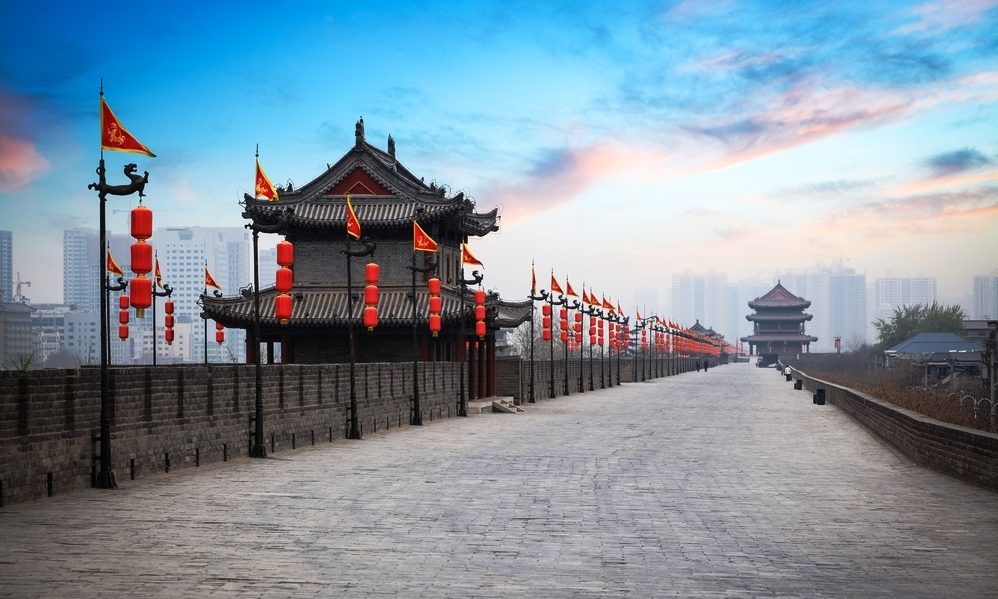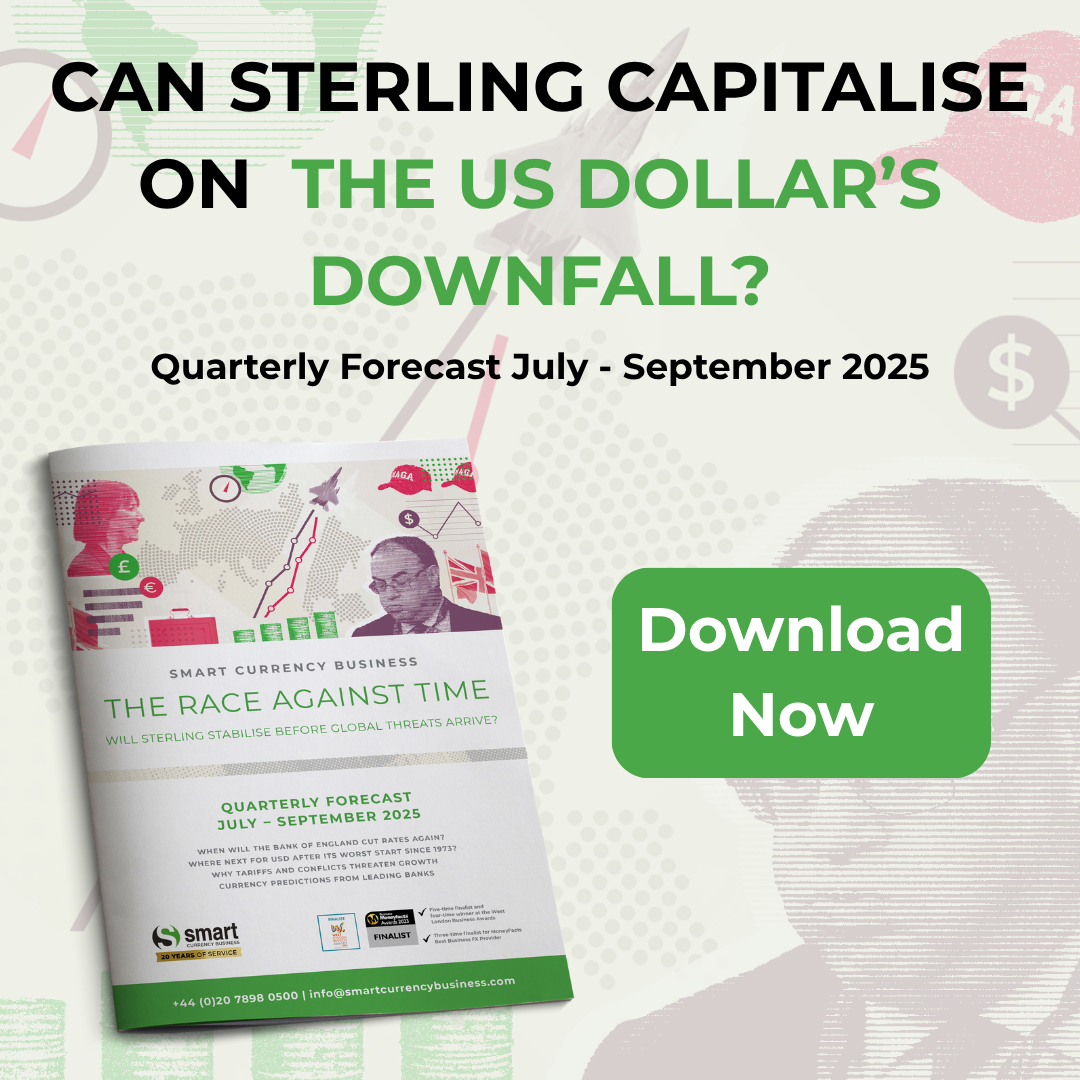
Mixed inflation news out of China.
Consumer Price Index (CPI) data from China showed that prices rose by 2.3% for the year to March 2016. An indiator of inflation, this was largely boosted by food prices, which climbed up by 7.6% during the same time period. Out of this this basket, the prices of vegetables rocketed by 35.8%.
The overall CPI data fell short of the expected 2.4%, but this was, in part, offset by Producer Price Index (PPI) data, which measures the change in price levels faced by producers of goods. This was expected to fall by 4.6%, but only dropped by 4.3% in reality.
The combination of figures poses a conundrum to the People’s Bank of China (PBoC). Although healthy levels of inflation are positive encouragement for loosening of monetary policy, the government may have to tighten controls to ensure that it keeps inflation in check.
The news had little significant impact on the currency exchange rate of the Chinese renminbi (CNY) against pound sterling (GBP) around the time of this release. However, the Shanghai Composite rose by 1.32% on the news.
China is in the process of easing the path for the yuan to become a freely-convertible currency. However, deteriorating export levels pose a challenge for the central bank, which could be tempted to weaken its currency. Chinese exports fell by 25.4% in February 2016.
“Growing levels of consumer inflation could discourage spending in a country that is already experiencing an economic slowdown,” says Charles Purdy, CEO of currency exchange specialists Smart Currency Business.
“Untenable rates of inflation could exacerbate this slowdown. This could lead the central bank to weaken its yuan in order to keep its exports competitive.”

 020 7898 0500
020 7898 0500